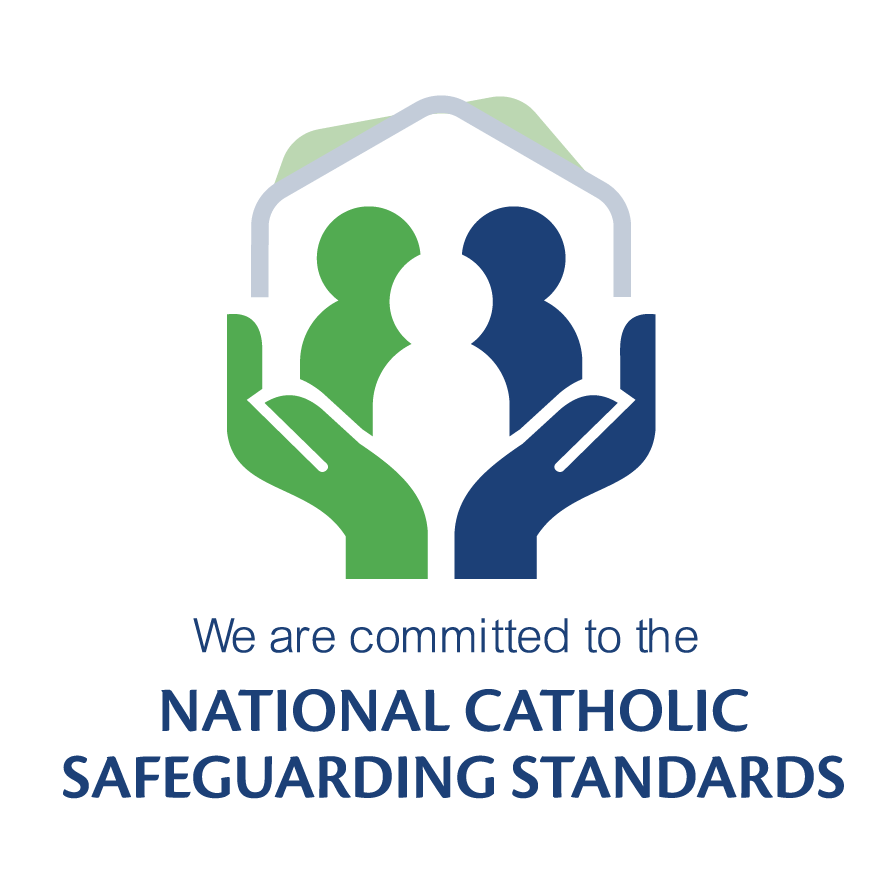There is a very high likelihood of a heatwave for the Cairns and greater Northern Queensland region next week. With high humidity, and the temperature set to exceed 38°C, there is an extreme risk of heat stress for both students and staff and it is important that schools are prepared. The followings strategies may assist in reducing the risk of heat exposure.
Parents are encouraged to:
- Talk to your children about how best to manage the hot weather – stay in the shade, drink plenty of water, etc.
- Pack an extra water bottle for school
- Make sure your child has a hat
- Keep an eye out for information from your school
- Consider options for getting to and from school to minimise heat exposure
Pick up and go zones are likely to be busier – please keep your cool!
A key consideration will be monitoring for heat-related symptoms. Information on identifying and managing heat stress is below.
Identifying and Managing Heat Stress
Information obtained from Queensland Health, 22nd November 2018.
During very hot and extreme heat conditions, people are at greater risk of health problems. These can be specific heat-related illnesses or a worsening of existing medical problems.
The risk is greatest during heat waves and when the temperature hovers about 5°C or more above average for 3 or more days. The risk is increased when high temperatures are combined with increased humidity.
At-risk groups:
- older people, particularly the frail and those living alone
- babies and young children
- people with existing medical conditions, such as heart disease
- people on certain medications, in particular, fluid tablets
- those on fluid-restricted diets
- people who are on medications for mental health conditions or people who use recreational drugs may be at greater risk.
Heat-related illness
Heat-related illness can occur when the body is unable to cool itself adequately. The body normally cools itself by sweating. In some situations, sweating isn’t enough and body temperature rises. This can be associated with different effects ranging from a mild heat rash or cramps through to heat exhaustion or the more severe and potentially fatal heat stroke.
People can experience heat-related illness during periods of extreme heat in summer. It can also occur in athletes or others during periods of physical exertion.
Heat rash
Heat rash or ‘prickly heat’ is a skin irritation caused by excessive sweating during hot, humid weather. It can occur at any age but is most common in young children. Heat rash looks like a cluster of red pimples or small blisters. It is more likely to occur on the neck and upper chest, or increases in the groin, elbow or under the breasts.
The best treatment for heat rash is to move to a cooler, less humid environment. Keep the affected area dry. Dusting powder may be used to increase comfort. Avoid using ointments or creams as they keep the skin warm and moist, which may make the condition worse.
Heat cramps
Heat cramps usually affect people who have sweated a lot during strenuous activity. The sweating depletes the body’s salt and fluid, which can lead on to muscle cramps. These painful cramps usually affect the abdomen, arms or legs. Cramps may be an early symptom of the more severe condition of heat exhaustion.
If medical attention is not necessary, stop all strenuous activity and rest quietly in a cool place. Increase fluid intake using cool water, clear juice or a low sugar sports drink. Do not return to strenuous activity until a few hours after the cramps subside. Seek medical attention if the cramps continue for more than one hour.
Heat exhaustion
Heat exhaustion can develop over several days of extreme hot weather. It is the body’s response to the gradual depletion of fluid and salt due to sweating. Those most prone to heat exhaustion are elderly people, people exercising or working in a hot environment, or people with high blood pressure, heart or circulation problems.
Warning signs include heavy sweating, paleness, muscle cramps, tiredness and weakness, dizziness, headache, nausea or vomiting, or fainting.
Attempt to cool the person with a cool shower, bath or sponge. The person should rest in a cool place. If possible, move the person to an air-conditioned environment. Give cool non-alcoholic fluids. Avoid high sugar drinks. Ensure they are wearing loose, lightweight clothing. If symptoms are severe or don’t improve with treatment, or if the person has high blood pressure or heart problems, seek medical attention immediately.
Heat stroke
Heat stroke is the most serious heat-related illness. It can be fatal. It develops when the body loses its ability to sweat and is unable to cool down. Body temperature rises to 41°C or higher. This can occur rapidly over a period of just 10-15 minutes.
Warning signs include extremely high body temperature (above 39°C); red, hot, dry skin, although in some cases some sweating may still be evident; rapid pulse; throbbing headache; dizziness and nausea.
If heat stroke is suspected, seek medical help immediately, as this is a life-threatening emergency. The body temperature must be reduced quickly. Move the person to a cool shaded area. Remove excess clothing. Immerse the person in a tub of cool water, ensuring more than just the extremities are cooled. Alternatively, place the person in a cool shower, spray with cool water from a hose or wrap the person in a cool, wet sheet and fan vigorously. Monitor the body temperature and continue cooling efforts until the body temperature drops below 38°C. Do not give the person fluids to drink unless you are confident they can swallow properly. If unconscious, place the person on their side and clear the airway. If medical attention is delayed, seek further instructions from ambulance or hospital emergency staff.
More information
- Ring 000 in an emergency
- Contact CES WHS Manager
- Contact your local public health unit.




